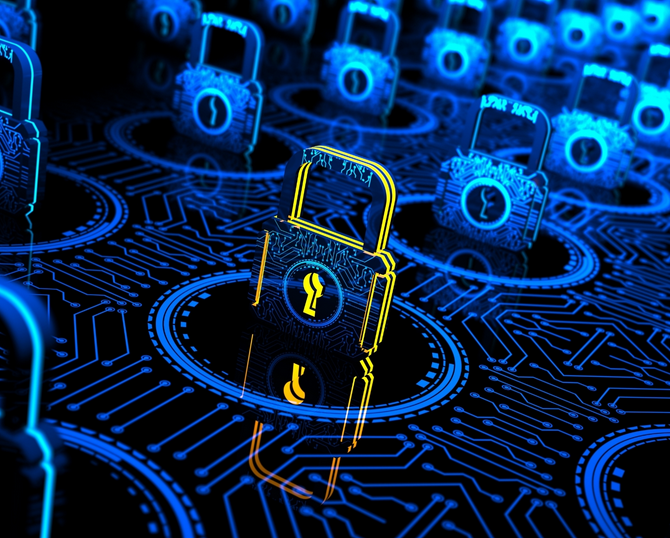Building Cyber Resilience: Key Strategies for Businesses

In today’s digital-first world, businesses face an ever-growing number of cyber threats, ranging from data breaches and ransomware attacks to advanced persistent threats. As these cyber risks continue to evolve, basic security measures are no longer enough. To survive and thrive in the face of increasing threats, businesses must build cyber resilience—a comprehensive approach to preventing cyberattacks, maintaining operations, and quickly recovering from disruptions. Here are some key strategies companies can use to develop and strengthen cyber resilience.
1. Implement a Robust Incident Response Plan
An essential component of cyber resilience is having a well-defined and regularly tested incident response (IR) plan. This plan should outline specific steps for identifying, containing, and mitigating a cyberattack and protocols for restoring business operations as quickly as possible. An effective IR plan involves cross-functional teams from IT, operations, communications, and legal departments, ensuring a coordinated response across the organization. Testing and updating the plan regularly through tabletop exercises or simulations will help teams stay prepared when a real cyber event occurs.
2. Adopt a Proactive Cybersecurity Strategy
Cyber resilience is built on proactive measures that reduce the likelihood and impact of cyber incidents. To safeguard networks and devices, businesses should adopt a multilayered cybersecurity strategy with strong firewalls, intrusion detection systems, and endpoint protection. Regular vulnerability assessments and penetration testing should be conducted to identify and address system weaknesses before attackers can exploit them. Additionally, implementing security best practices, such as the principle of least privilege (ensuring employees only have access to the data and systems they need), can minimize the damage if an attacker gains access to a system.
3. Backup Critical Data and Systems
Data backup is a crucial element of any cyber resilience strategy. Regularly backing up critical business data to a secure location ensures that organizations can quickly restore operations with minimal disruption in the event of a ransomware attack or system failure. Businesses should follow the 3-2-1 backup rule: maintain three copies of data, store two copies on different media, and keep one copy offsite or in the cloud. Additionally, ensure backups are encrypted and regularly tested to confirm they can be restored quickly in an emergency.
4. Invest in Employee Training and Awareness
Human error remains one of the top causes of cyber incidents, with phishing emails, weak passwords, and poor security practices being common vulnerabilities. Building cyber resilience requires a strong emphasis on employee awareness and training. Regular training sessions should cover topics such as recognizing phishing attempts, using strong passwords, and reporting suspicious activities. Encourage a security culture within the organization, where employees feel responsible for protecting company data and systems.
5. Implement Continuous Monitoring and Threat Intelligence
To stay ahead of evolving cyber threats, businesses need continuous monitoring of their networks and systems. Using automated security tools that track abnormal activities, detect potential threats, and identify vulnerabilities in real-time can provide early warnings of potential attacks. Threat intelligence tools can also help organizations stay informed about the latest attack tactics, vulnerabilities, and malware. By leveraging this intelligence, businesses can adapt their cybersecurity strategies to counter emerging threats before they cause significant damage.
6. Develop a Cyber Resilience Culture
Cyber resilience isn’t just about implementing the right tools and strategies—it’s about fostering a culture of resilience throughout the organization. This means leadership must prioritize cybersecurity as part of their business strategy and allocate resources for continuous improvement. Encouraging collaboration across departments, integrating security into the development lifecycle, and focusing on long-term resilience goals will help create an organization better prepared to withstand and recover from cyber threats.
Conclusion
Cyber resilience requires a holistic approach combining technology, strategy, and a proactive mindset. By implementing strong cybersecurity measures, preparing for incidents with detailed response plans, backing up critical data, and educating employees, businesses can strengthen their ability to recover quickly from cyberattacks and continue operations without significant disruption. In today’s cyber threat landscape, resilience is not just a luxury—it’s a necessity.
#CyberResilience #Cybersecurity #BusinessContinuity #IncidentResponse #DataBackup #EmployeeTraining #ThreatIntelligence #CyberAwareness #BusinessStrategy #DigitalSecurity

